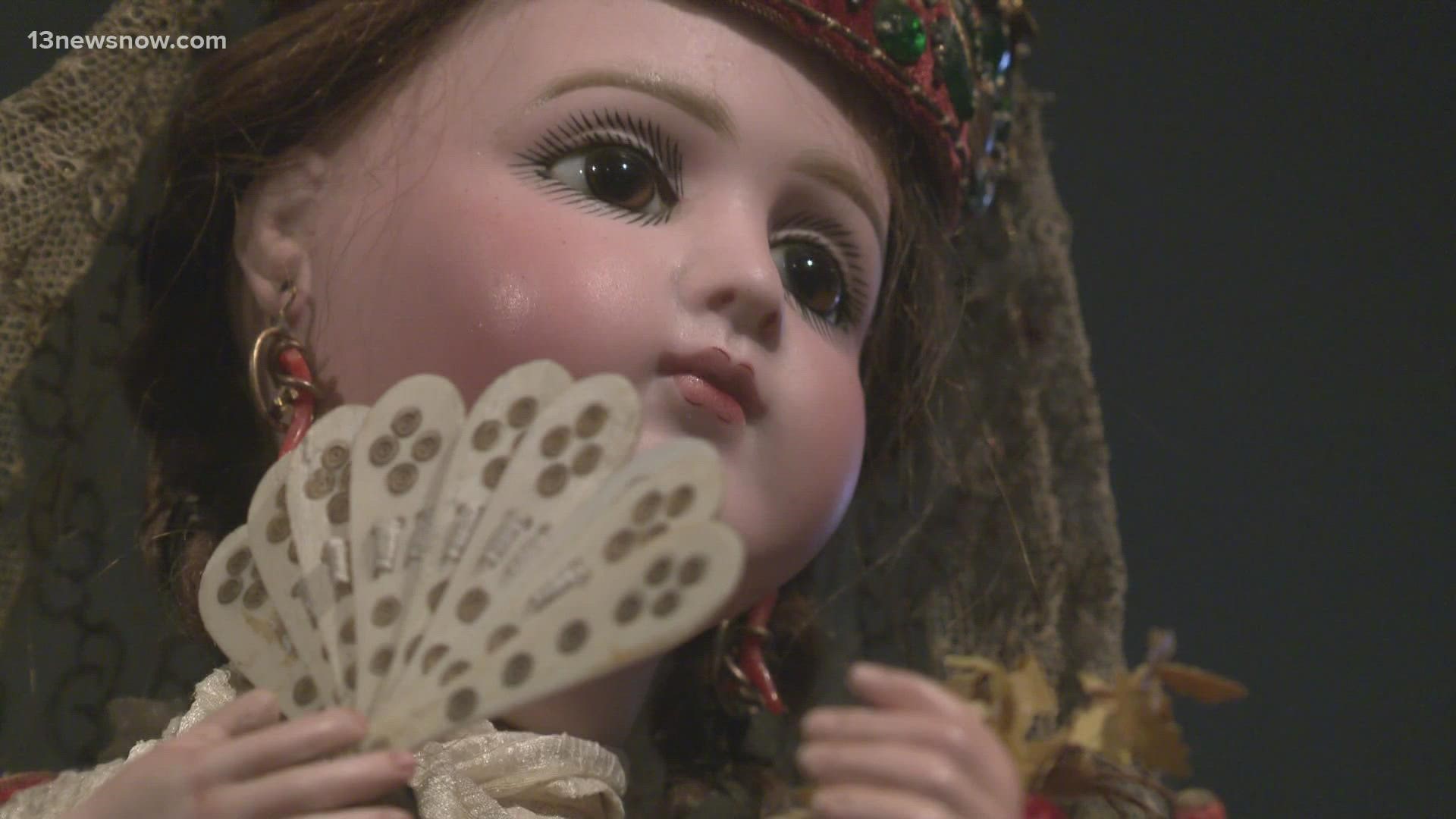NORFOLK, Va. — It's a curiosity that humans have had for years: how do robots operate, and how can they positively impact our lives?
The Barry Art Museum and Old Dominion University's newest exhibit, "Motion/Emotion: Exploring Affect from Autotomata to Robots," will show the public how humans and robots interact.
"Using the organizing factor of humanoid robots has allowed us to assemble a comprehensive cross-section of contemporary artists and scientists who explore the myriad of ways that robots evoke emotion," said Charlotte Potter Kasic, the executive director of the Barry Art Museum.
"We are delighted to have the opportunity to debut works researched, developed, and fabricated by ODU faculty and alumni for industrial applications staged alongside artistic interpretations."
Part of the exhibit will explore "David's Project," which is a prototype that was designed for children who are ill to be able to visit each other in hospitals when they have to be in isolation.
The robot was dedicated and named in honor of David Carey, who died of cancer in 2019 when he was 13 years old.
Another part of the exhibit will explore how we use robots to address important social and ethical issues.
Two robots on display were designed by Old Dominion University alumni Johnny Garcia, the owner of a company that has designed robots to play important roles in de-escalation training for police and military target training.
"With the use of robotics, artificial intelligence, and data science, law enforcement and military can create reusable environments to provide realistic training at a fraction of the cost," Garcia said. "I am excited the Barry Art Museum is showcasing SimIS's autonomous systems in the exhibit. That reflects the importance of the multiple disciplines ODU provides to its students and industries to create environments that make the world a better place to live."
The exhibit will open to the public on February 10.

